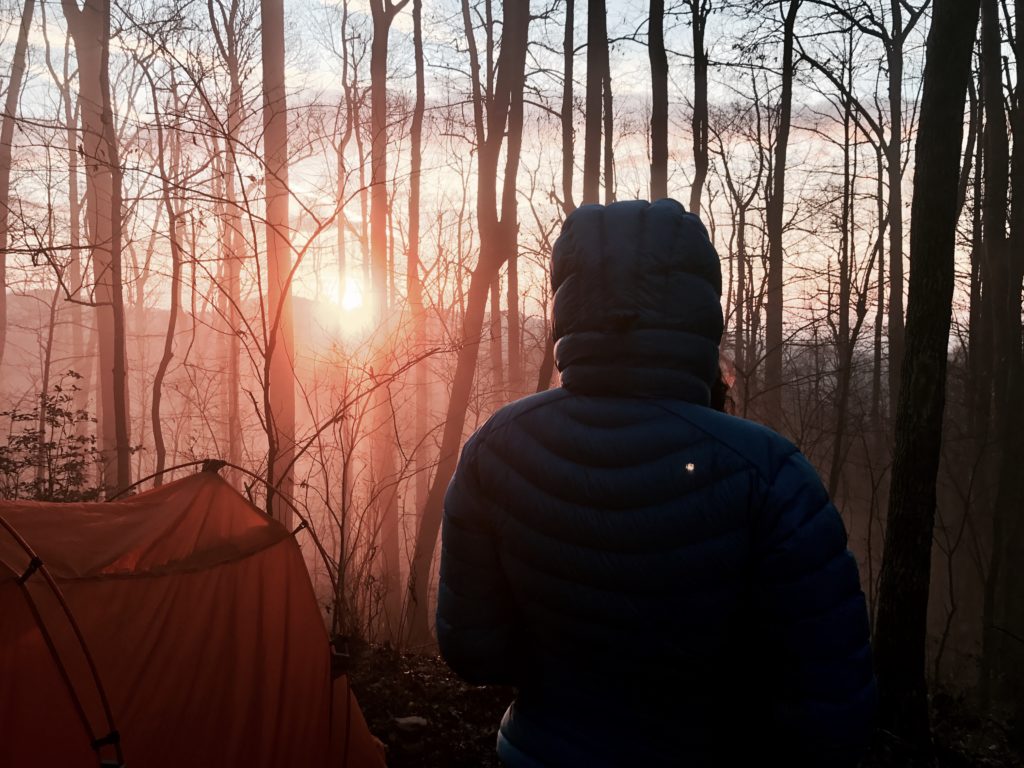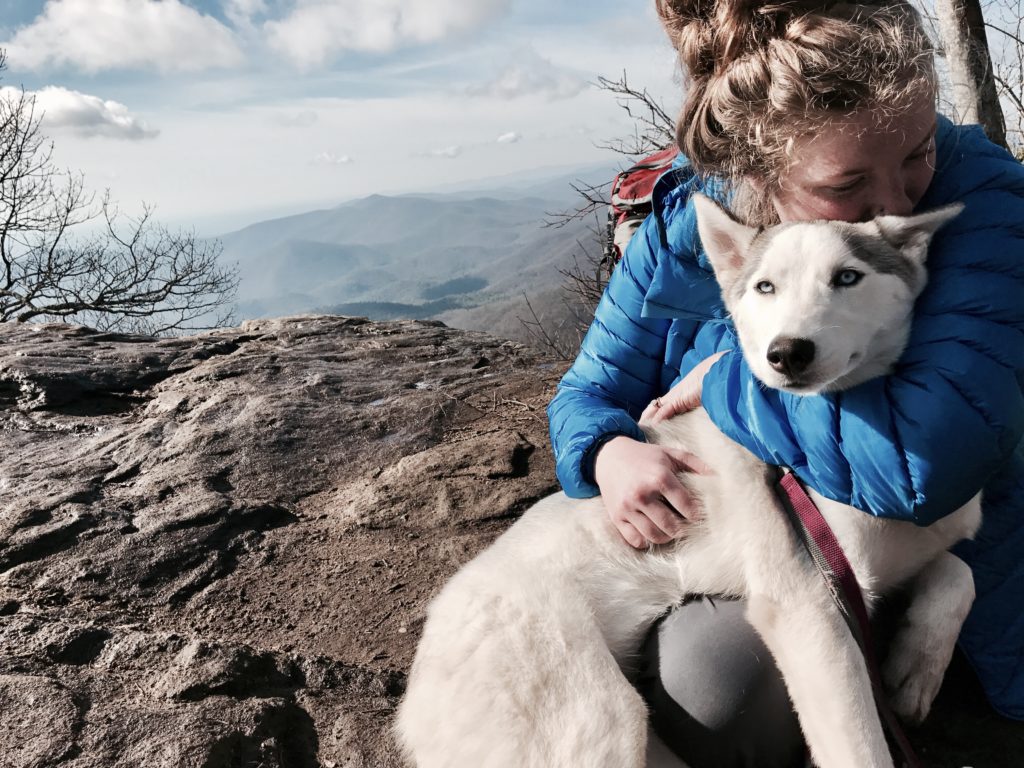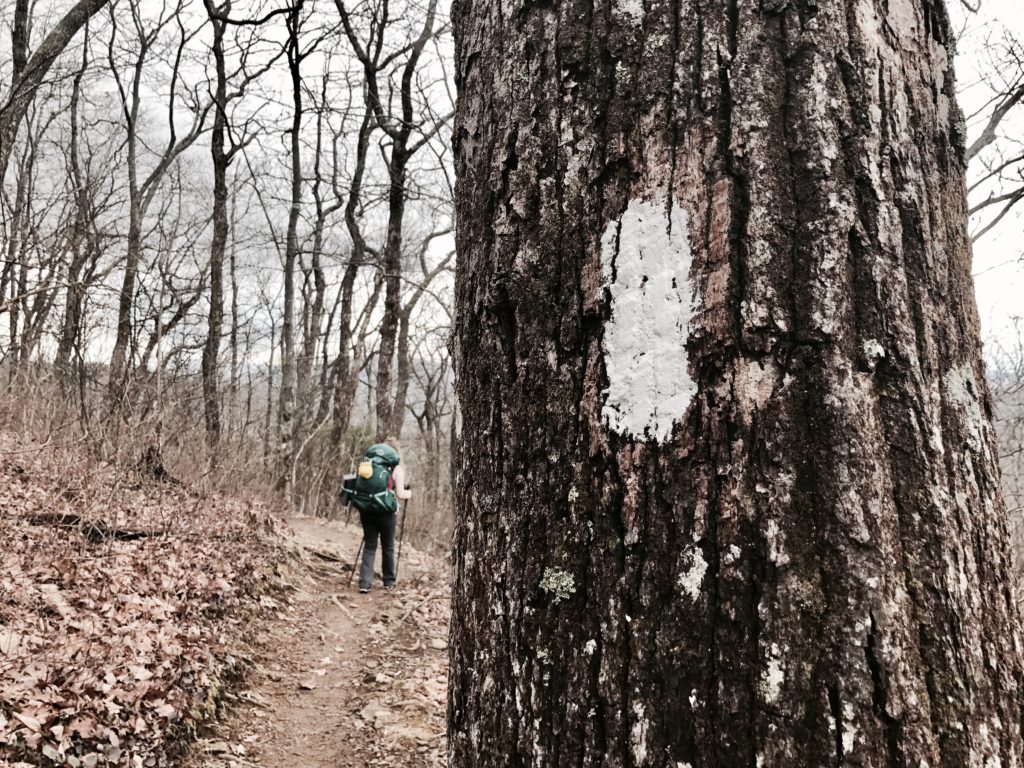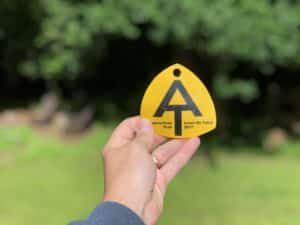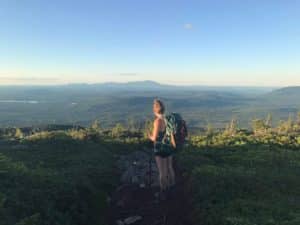Growing up with a doctor for a dad and a registered nurse for a mom, you can guess our dinner table conversation was…interesting! I had the privilege of hearing all kinds of exciting stories from the operating room. As a result, I also subconsciously retained a decent amount of information regarding first aid.
I remember how obsessive I was over my first aid kit when I first took on backpacking as a hobby. I sat down with my parents as they reminded me of which medicine did what, how large a dosage you should give and how regularly, how to clean and bandage those pesky bear attack wounds, etc. To this day, I am quite proud of Morgan and I’s first aid kit.
On the topic of wilderness first aid, I wanted to share three pieces of advice to ensure your next journey into the woods or mountains is as safe as possible.
1. Pack your own First Aid Kit
If you go to the first aid section of an outdoors store, you will find two main types of equipment: individual first aid items and prepackaged first aid kits. For many beginners, most folks will go straight for the incredibly convenient prepackaged kit advertised to have everything you need. And, for the most part, those kits do have everything (sometimes too much everything) that you need. Unfortunately, many hikers fail to open their freshly purchased kit before stuffing it into their pack. For all that is good, please open the kit, empty it, and repackage it yourself!
If you don’t know where items are located in your first aid kit, you won’t be able to quickly address medical needs. Knowing where every piece of bandaging is in your kit allows you to calmly assess a situation and treat wounds like a pro. I highly encourage you to pack your own kit from start to finish. Take out the items you don’t need and outfit your kit with items you know you need. In the arena of first aid kits, location awareness is a key ingredient.
2. Water is your best friend
You know how your doctor/parents always made sure you were taking in liquids when you were sick as a kid? Gatorade. Orange Juice. Apple Juice. Water. The list goes on! The reason your parents force-fed you those drinks, weather they realized it or not, was to ensure you were staying hydrated. The human body needs a certain amount of water each day in order for it to function properly. Dehydration can lead to nausea, headaches, diarrhea, and a slew of other unfortunate outcomes. Proper hydration, however, allows the body to heal quickly and healthily.
The issue with camping, hiking, backpacking, and pretty much any other energy-expending outdoors activity is that you lose water far quicker than if you were just working your 9-5 desk job. Outside you are burning calories, sweating, and urinating without consciously thinking about the amount of water you take in. Throw some altitude in the mix, which expedites the dehydration process, and you have concocted the perfect storm for a mountain emergency.
So, what is the best way to ensure proper hydration in the backcountry? The answer is obvious: prioritize hydration. Always start your journey with a few liters in your pack. If you are planning a long day, definitely bring along a way to purify water (we recommend the Sawyer Squeeze, the Platypus Gravity Works, and Aquamira). While you are hiking, take a sip or two of water every ten minutes or so, but do not guzzle your whole Nalgene at once. Your body can only absorb a certain amount of water at once.
Lastly, drink until your pee is clear and I can guarantee you are one step closer to preventing dehydration.
3. Expect the Unexpected
This cliché is great advice for backcountry medicine. When I took my Wilderness First Aid training course, we spent an entire day rehearsing scenarios in which we came across hikers with unknown medical emergencies. We were tasked with assessing their status and treating their hypothetical ailments as best we could. These drills were meant to forge in our minds an awareness of how unexpected wilderness injuries can be.
It is not out of the question for somebody to break a leg and need a makeshift splint made of trekking poles.
Or for somebody to contract giardia from untreated water.
Or for an unclean wound to develop an infection.
If you can expect and rehearse unexpected scenarios, you will find yourself more prepared when the unexpected occurs. But more importantly, you will find yourself more confident in helping those in the backcountry that need medical attention.

